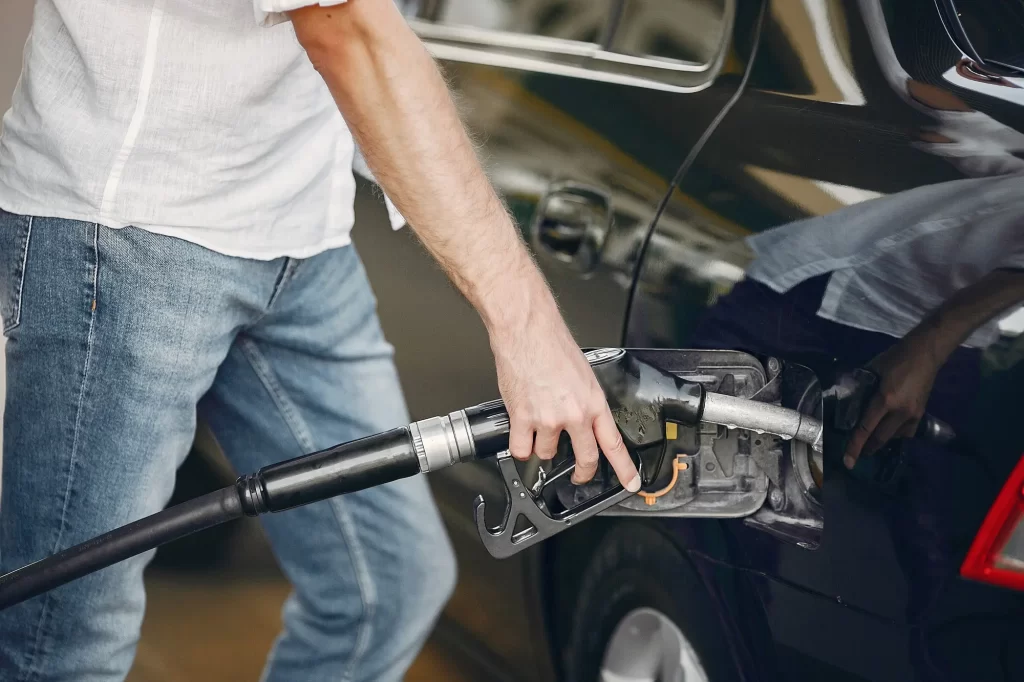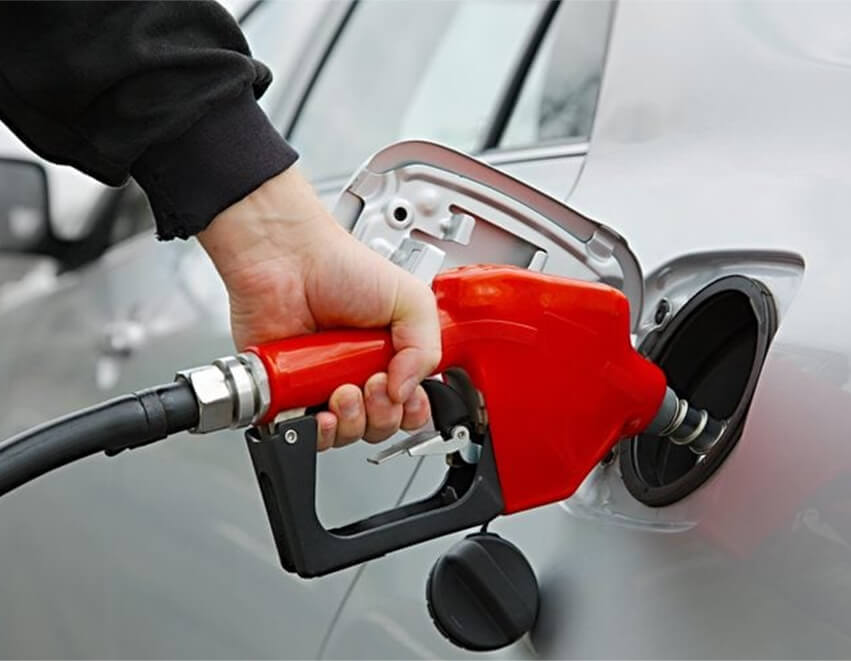あなたの車はガタガタと音を立てたり、加速に苦労したりしていませんか?ガソリンタンク内の水が、これらのイライラするエンジン性能の問題の隠れた犯人かもしれません。ほんの少しの量でも問題です。12ガロンのガソリンタンクに半オンスの水が入っているだけで、エンジンの性能と燃費に重大な影響を及ぼし、燃料システムの腐食につながります。不可解なエンジンの失火から突然のパワーロスまで、水による汚染はすべてのドライバーが認識すべき症状を引き起こします。そもそもタンクに水が入る仕組みは?エンジンを保護するためにすぐに実行できる対策は?そして最も重要なのは、ガソリンタンクから水を取り除き、エンジンを壊さずにこの問題を解決する方法です。 […]

あなたの車はガタガタと音を立てたり、加速に苦労したりしていませんか?ガソリンタンク内の水が、これらのイライラするエンジン性能の問題の隠れた原因である可能性があります。
ほんのわずかな量でも問題です。12 ガロンのガソリン タンクにわずか 0.5 オンスの水が入っているだけでも、エンジンの性能と燃料効率に大きな影響を与え、燃料システムの腐食につながる可能性があります。
不可解なエンジンの失火から突然のパワーロスまで、水による汚染はすべてのドライバーが認識すべき症状を引き起こします。
そもそも、水はどのようにしてタンクに入ってしまうのでしょうか? エンジンを保護するために、すぐにどのような対策を講じることができますか? そして最も重要なのは、ガソリンタンクから水を排出し、大金をかけずにこの問題を解決するにはどうすればよいか? 調べてみましょう。
気づかないかもしれませんが、驚くほどありふれた方法で水がガソリンタンクに入り込むことがあります。
ディーゼル車を運転している場合、燃料水分離器があれば多くのトラブルを回避できます。燃料に水が混ざるのを防ぎ、エンジンを保護します。
ガソリン内の水が燃料タンクに潜んでいるかどうかは、どうすればわかりますか? 注意すべき兆候をいくつか紹介します。
確認するには、この簡単なチェックを試してみてください。透明な容器に少量の燃料を注ぎます。水が含まれている場合、水はガスよりも重いため底に沈みます。
ディーゼルユーザーの場合、水分検出ペーストや添加剤などのツールを使用すると、このプロセスが容易になります。
水と燃料は油と水のように混ざりません。ガソリンタンクに水が入っていると、エンジンに大きなダメージを与え、燃料システムに問題を引き起こす可能性があります。
ディーゼル燃料の場合、リスクはさらに大きくなります。水分の混入によりインジェクターが損傷し、燃料システム全体が腐食して、高額な修理費用が発生する可能性があります。
では、燃料タンクから水を取り除くにはどうすればよいのでしょうか? それは、処理する水の量によって異なります。
汚染がひどい場合は、専門家の助けを借りましょう。専門家はタンクの水を抜き、システムを清掃し、詰まったフィルターを交換します。
交換 燃料フィルター タンク内の水を扱うときは常にこれが良い考えです。水はすぐにタンクを詰まらせ、効率を低下させ、さらなる損傷を引き起こす可能性があります。
燃料タンクに水が入ると、高額な修理費用やイライラする故障につながる可能性があります。しかし、事前に対策を講じれば、これを防ぐことができます。
定期的なメンテナンスは、水質汚染を早期に発見するための鍵です。定期点検の際に、タンク内に水が溜まっている兆候がないか整備士に確認してもらってください。ディーゼル車を運転している場合は、水分を除去するための重要な部品である燃料水分離器も検査してもらえます。
すでにタンク内に水が浸入している場合は、修理費用は汚染の程度によって異なります。
居住地と車両の種類も影響します。たとえばディーゼル エンジンの場合、水によってインジェクターやポンプが損傷すると、より大規模な修理が必要になることがあります。
Aochengでは、水質汚染がいかに有害であるかを理解しています。そのため、次のような製品を提供しています。 燃料水分離器 燃料に水が入らないようにするためです。
当社の 燃料ディスペンサー そして ポンプs システムの効率性が維持され、汚染物質から保護されます。
燃料品質を維持するためのその他のソリューションについては、 ホームページ適切なツールと定期的なメンテナンスにより、高額な修理を回避し、燃料システムをスムーズに稼働させることができます。
ディーゼル エンジンの始動が困難、アイドリングが不安定、または煙が大量に出る場合は、水分の混入が原因の可能性があります。サンプルを排出することで燃料を目視検査できます。水は燃料より重いため、底に沈みます。
特にエタノール混合燃料では、少量の水分は避けられないことがよくあります。水分含有量が 0.5% までであれば、通常は許容範囲内であり、問題を引き起こすことはありません。ただし、それを超えるとエンジンのトラブルにつながる可能性があるため、すぐに対処する必要があります。



